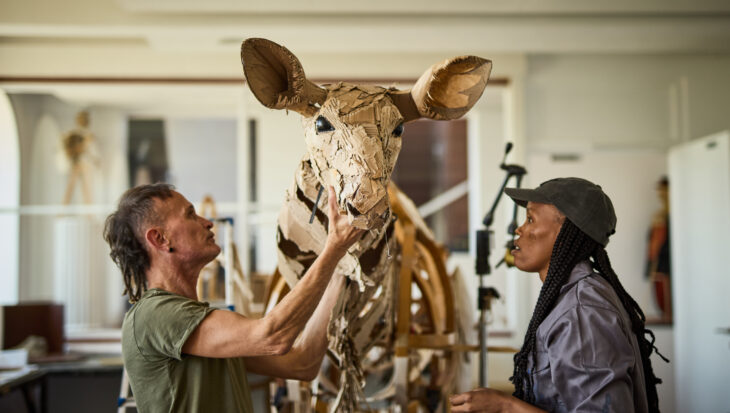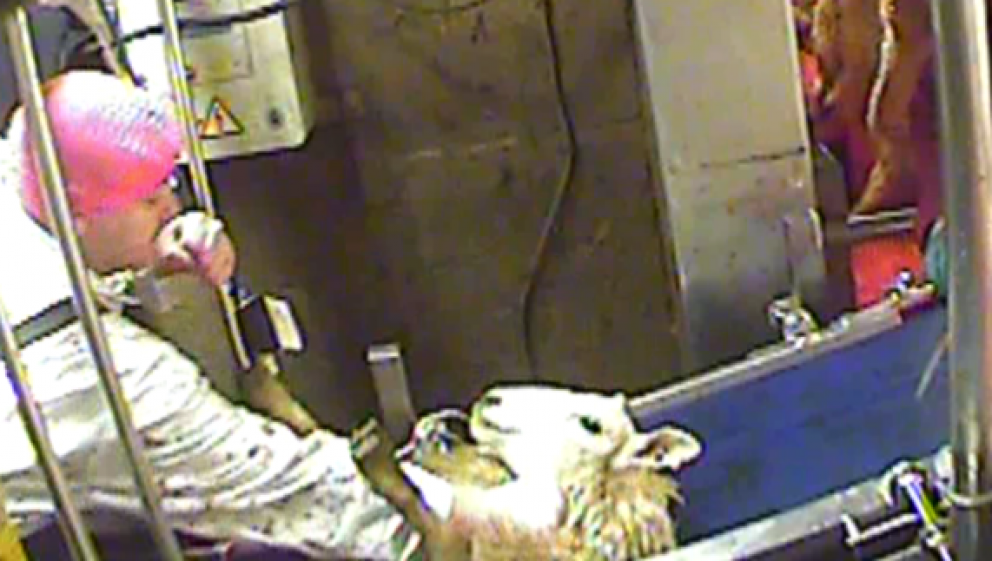‘The Herds’ will be arriving in London this Friday!
Have you heard? A breathtaking arts initiative, ‘The Herds’ will be arriving in London this Friday.
Posted 27 Jun 2025

Posted on the 11th May 2018
The Scottish government recently launched a consultation on making CCTV mandatory for all slaughterhouses across Scotland. While slaughter can never be cruelty-free, these plans will make a huge difference in protecting animals from the illegal violence our investigations have revealed time and again.

The government is inviting interested parties to submit their responses to the consultation, which Animal Aid has done, and which you can do, too!
Anyone may respond to this consultation, you do not need to be resident in Scotland.
The plans set out by the government are encouraging, but there is one key area where we would like to see improvement – provision for a proper system of independent monitoring of the footage. We are also asking respondents to support the rest of the proposals to ensure that the industry does not get them watered down. We know it will try.
The consultation itself is simple and brief. There are just nine questions relating to the subject, and many – including ‘Should there be mandatory CCTV recording in all approved slaughterhouses in areas where live animals are present?’ – have Yes / No answers.
Since duplicate responses may not count individually, we haven’t produced text you can simply send, but we have provided some information that you can use to guide your responses.
Within the consultation feedback process, it is possible to attach links to reports. We would suggest that you may like to include the following: Britain’s Failing Slaughterhouses
A report on CCTV monitoring, from independent experts headed by Sheffield Hallam University Professor Ian Rotherham. Here is the link to copy: https://www.animalaid.org.uk/slaughterhousereport
You can complete the consultation here: http://www.gov.scot/Publications/2018/03/7422/352134
Yes
Yes.
Yes.
Yes
Yes
n/a
Yes.
n/a
Have you heard? A breathtaking arts initiative, ‘The Herds’ will be arriving in London this Friday.
Posted 27 Jun 2025

As the greyhound racing industry releases its annual data on the number of dogs’ deaths, a raft of well-known names - alongside their canine friends - has called upon the Government to end greyhound racing....
Posted 26 Jun 2025
